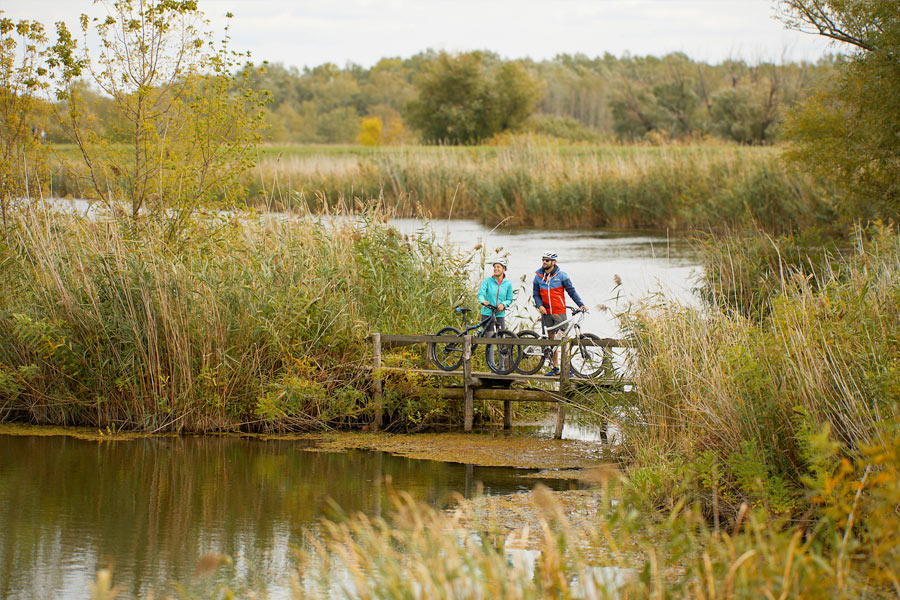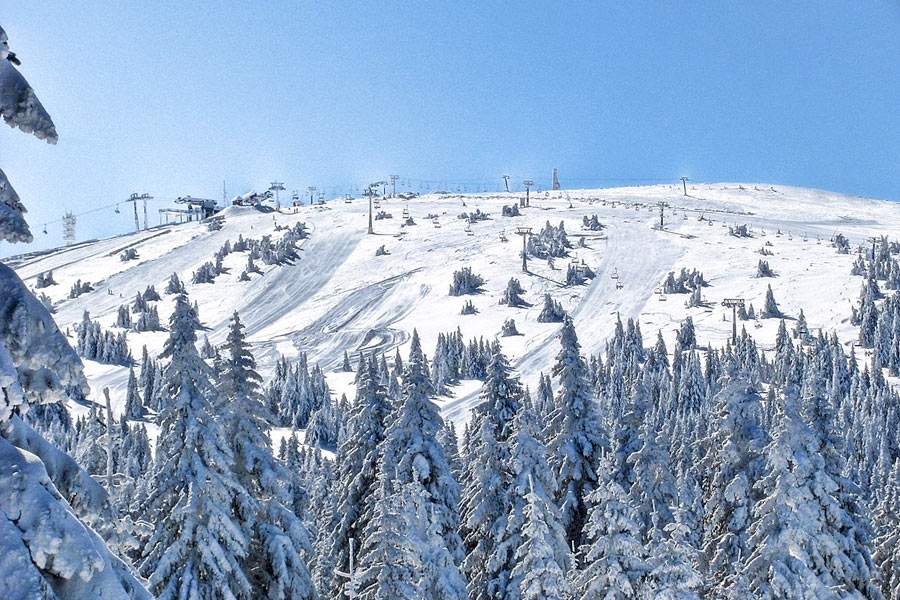
Kalemegdan
The fortress, built near the confluence of the Sava and the Danube, is the oldest core of the city of Belgrade. The foundations were laid by the kings Anastasius and Justinian in the 6th century. Developed under Stefan Lazarevich, the Serbian ruler in the 17th century. At present, in addition to the remains of former cultures, the Kalemegdan complex includes a large park with a zoo, catering facilities, and numerous sculptures by famous artists.

Petrovaradin fortress
It was built by the Austrians in the 18th century on the site of a former Roman and Byzantine settlement and a Hungarian fortress. Petrovaradin is now a place of excursions with catering facilities and numerous art galleries. Nearby is the town of Sremski Karlovci, the center of the spiritual and cultural life of the Serbs in the 18th and 19th centuries. In it, in 1699, a truce was concluded between Austria and Turkey.

Smederevo fortress
The largest Medieval Serbian city on the Danube, one of the largest in Europe at that time. The city was built by order of the Serbian ruler Djuraj Brankovich in the 15th century. Now the city of Smederevo is an administrative, tourist center and a port. Of the numerous cultural events, Smederevo autumn should be singled out.

Djerdap
A gorge cut by the Danube and a national park in eastern Serbia. The length of the gorge is 100 km, the length of the Kazan section is 9 km, the height of the rocks in it is up to 800 m, the width of the Danube in this section is 147 m, the depth is 77 m. Here are the remains of an old Roman road built by order of Emperor Trajan in the 2nd century. Nearby is the site of archaeological finds.

Monastery Studenica
One of the main shrines of the Serbian people and a wonderful architectural monument. The monastery was erected by the founder of the Nemanich dynasty – Stefan Nemanja in 1190. The monastery complex includes the monastery walls with the main tower – the bell tower, the Church of the Virgin (XII century), the Church of St. Nicholas (XII century), the Royal Church (beginning of the XIV century .), refectory of St. Sava (XII century), sacristy with art objects and relics. The complex of exceptional artistic and historical value of universal significance, the most precious monument of artistic style, is also included in the list of UNESCO world cultural heritage.

Sopochani Monastery
It was built by the Serbian king Urosh in 1265. The Church of the Holy Trinity is the only surviving part of the ancient monastery complex. Famous for its beautiful frescoes, telling about Christianity and the life of medieval Serbia. The frescoes from Sopocani are not only the pinnacle of Byzantine art of the 13th century, but also of European art of that time. Monastery is Inscribed on the UNESCO World Cultural Heritage List along with the neighboring and integral monastery of Giurgevi Stupovi, the ancient city of Ras and the Church of Petra.

Zica Monastery
Built in 1208 as a memorial monastery for King Stephen the First Crowned. After receiving autocephaly in 1219, the residence of an independent Serbian archdiocese was located here. In the Middle Ages, the monastery played an important role in religious, political and cultural life. In it, until the 13th century, Serbian kings received the royal crown. The central church is dedicated to the Ascension (St. Savior). The facades are plastered and painted in red, like the churches on Mount Athos.












